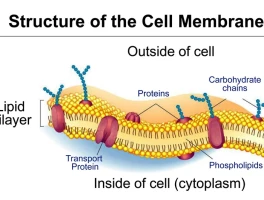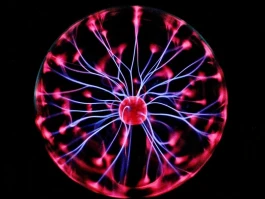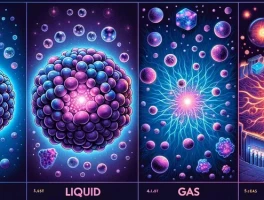The Dawn of Limitless Potential: How Today's Breakthroughs Rewrite Tomorrow
Okay, friends, buckle up. Today, we're not just talking about incremental upgrades or slightly faster processors. We're talking about paradigm shifts. We're talking about the kind of breakthroughs that make you question the very limits of what's possible. And trust me, there's a lot to unpack.
First, let's dive into the world of AerynOS. Now, I know what some of you might be thinking: "Another Linux distro? Yawn." But hold on a second! This isn't just another flavor of the month. AerynOS, spearheaded by the brilliant Ikey Doherty, is pushing boundaries. The new 2025.10 release is a testament to that. We're talking about GNOME 49.1, KDE Plasma 6.5, and System76’s COSMIC Beta desktop environment all in one place. Choice is the name of the game, and AerynOS is dealing a winning hand. [Source Title].
But here's the kicker: it's not just about the desktop environment. It's about the underlying philosophy. AerynOS is striving for automated package updates, easier rollbacks, Rust-powered disk handling, and fractional scaling by default. It's about making Linux more accessible, more user-friendly, and more powerful than ever before. It's still in alpha, sure, but the vision is crystal clear. What if AerynOS becomes the distribution that finally bridges the gap between the power of Linux and the ease of use of mainstream operating systems?
And then, we have the really mind-blowing stuff coming out of the UK Atomic Energy Authority (UKAEA). Fusion, baby! For decades, it's been the holy grail of energy, the promise of limitless clean power. And the scientists at UKAEA are making some serious headway. They've achieved complete suppression of Edge Localised Modes (ELMs) – these are instabilities at the edge of the plasma that could seriously damage a future fusion power plant – using Resonant Magnetic Perturbation (RMP) coils. Suppressing ELMs in a spherical tokamak, according to James Harrison (Head of MAST Upgrade Science at UKAEA), is a landmark achievement. Now, I know, fusion is complex. The MAST Upgrade, designed like a cored apple, is a spherical tokamak, designed to study plasma properties and control plasma exhaust. Think of it like this: they're learning to tame a star in a box, which is insane.
They also demonstrated independent control of plasma exhaust and achieved the best plasma shape ever recorded on the machine. They're injecting nitrogen at the plasma edge to distribute energy more evenly. And, get this, they set a record for power injected into their plasma: 3.8 megawatts! It's like they're turning up the dial on the universe itself. All of this will directly inform the design of ELM control systems for the UK’s STEP Fusion programme.
But what does all this mean? Well, for starters, it means that the dream of fusion power is inching closer to reality. Imagine a world powered by clean, abundant energy, where climate change is a distant memory. It sounds like science fiction, I know, but these breakthroughs are making it more and more plausible. Think about the Wright brothers and their first flight – a shaky, sputtering contraption that barely left the ground. But it was the beginning of something incredible. Fusion is at that stage now, and the progress is accelerating.

From Lab to Life: Embracing the Future's Promise
The Future is Now (Almost)
Now, I know, I know. There are still challenges ahead. Fusion is still decades away from being commercially viable. AerynOS is still in alpha. But these are not reasons for cynicism. They are reasons for hope. They are proof that human ingenuity is alive and well, that we are capable of solving the biggest challenges facing our planet.
And it's not just about the technology itself. It's about the people behind it. The dedicated scientists, the passionate developers, the visionary leaders who are pushing the boundaries of what's possible. These are the people who are shaping our future, and they deserve our support and our admiration.
Of course, with great power comes great responsibility. As we unlock the secrets of the universe, we must also be mindful of the ethical implications. We must ensure that these technologies are used for the benefit of all, not just a select few. How do we ensure this technology remains open and accessible to everyone, preventing it from becoming a tool of further division?
When I first saw the data from the MAST Upgrade experiments, I honestly just sat back in my chair, speechless. It's the kind of breakthrough that reminds me why I got into this field in the first place. It's a reminder that the future is not something that happens to us, but something that we create.




